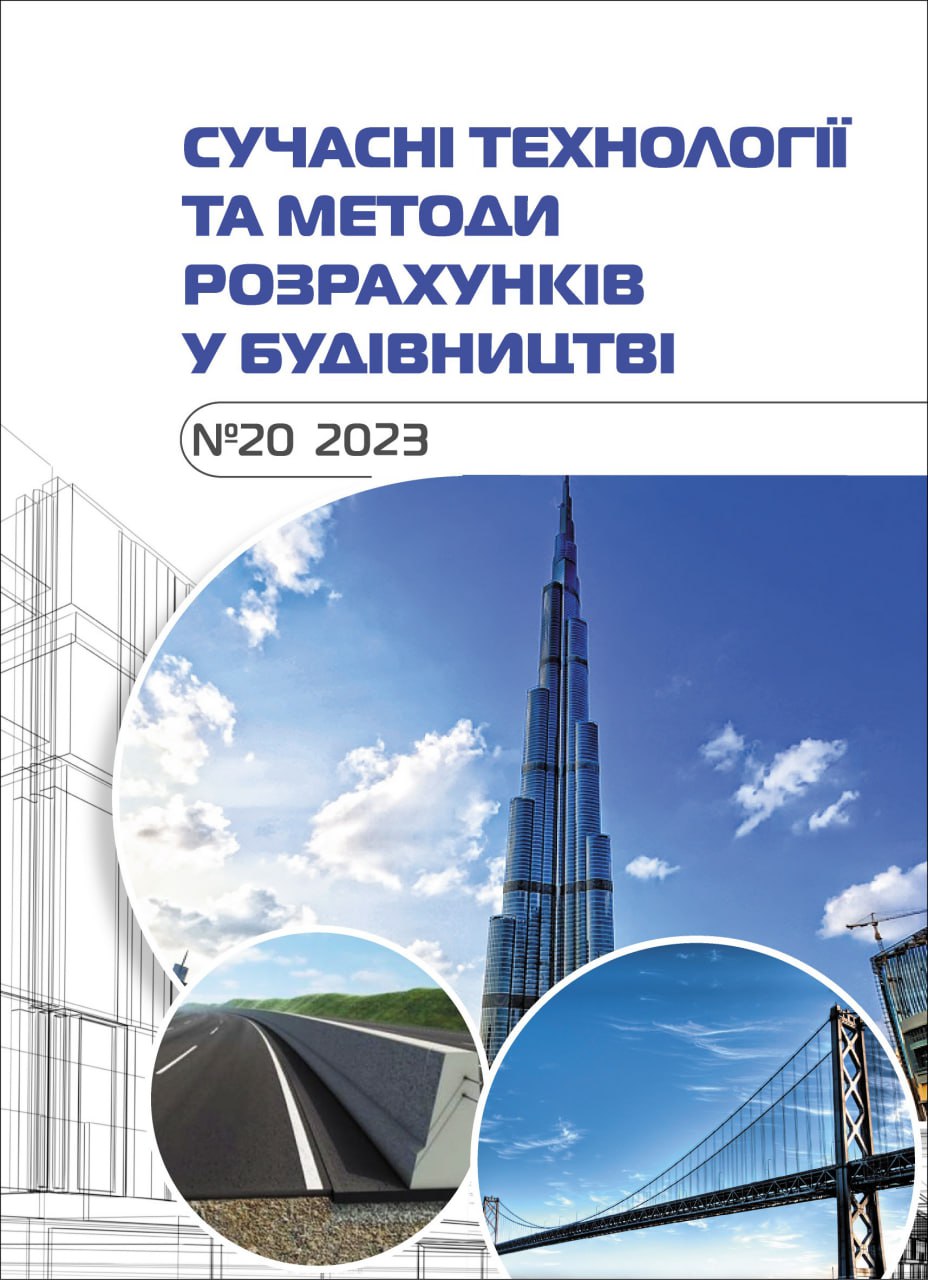Long-term exploitation of elements and structures of wood
Abstract
Elements and structures made of wood have been used for hundreds of years for the construction of objects of various purposes. These include residential, public and industrial buildings and structures, bridges and overpasses, scaffolding, strengthening the shores of ponds and lakes, benches, gazebos and many others. There are many historical objects in the world and not only (temples, residential and public buildings, engineering structures) that are built from products, elements and structures based on wood
Materials, products, elements and structures made of wood are often used for a long time in various environments. The time of operation can be long (decade) or short. As a rule, the duration depends on the aggressiveness of the environment and the protection of the wood itself.
In recent years, civil engineers have faced the problem of surveying buildings and structures, including load-bearing elements and structures based on wood, and assessing their condition before further operation. As practice shows, many materials, products, elements and structures made of wood have a fairly good residual resource after long-term use. Over time, wood needs additional protection from pests, environmental aggression, rotting and fire. Also, in some cases, such elements and structures are subject to repair and reconstruction.
In this work, an analysis of the work of wood after long-term exploitation is carried out based on the study of its physical and mechanical properties in scientific publications that are currently available. After analyzing the available scientific publications, we come to the conclusion that there are practically no experimental and theoretical studies of the main physical and mechanical properties of wood after long-term use during the service life of 25-75 years and above. The operation of such materials in the final stage of deformation has also not been established.








